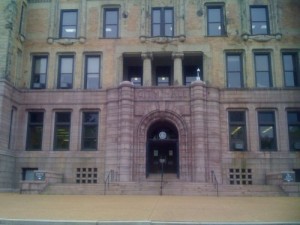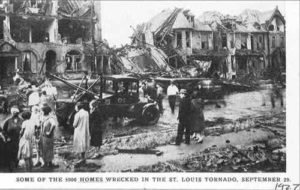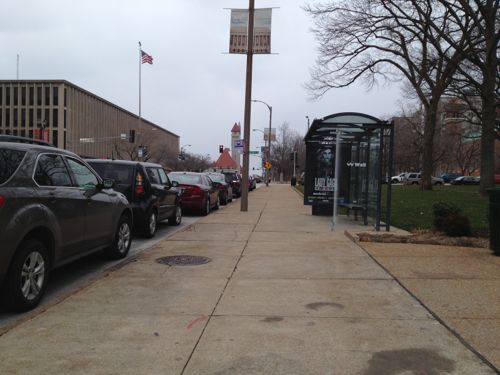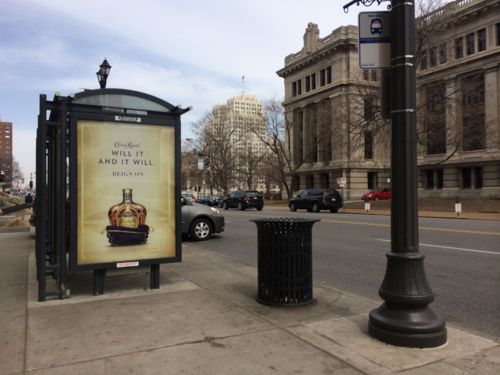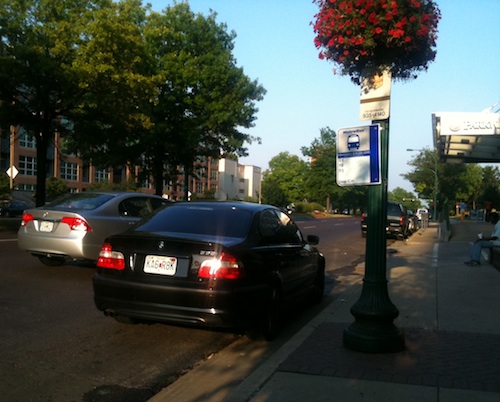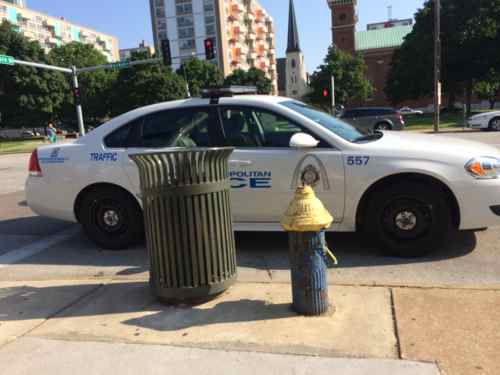Taco Bell Sans Drive-Thru
|
|
Recently a longtime regular reader sent me an interesting article about Taco Bell’s big 5-year expansion plans — 300+ new locations. Taco Bell’s free-standing building design is instantly recognizable: one=story, parking lot, drive-thru window, plastic interior.

So what’s interesting about hundreds more?
Around 55 to 70 percent of Taco Bell’s revenue comes from orders purchased at the chain’s drive-thru windows. Which is why it’s rather shocking that the Tex-Mex brand plans to open hundreds (300 to 350 locations to be somewhat exact) of new drive-thru-less cantinas by 2022. More specifically, the chain wants to make its presence known in urban areas.
Zeroing in on big cities like Detroit, Pittsburgh, Boston, and New York (including a plan to open at least 50 locations around the city’s five boroughs). The new-and-improved “urban in-line” or “cantina-style” stores to come will be designed to express the local vibes with artwork, open kitchens, and digital menu boards. (Food & Wine)
The first Taco Bell Cantina opened in Chicago’s Wicker Park neighborhood in 2015:
Taco Bell really wanted to be in Chicago’s Wicker Park neighborhood, along Milwaukee Avenue, colloquially-known as “The Hipster Highway” due to the bike lanes and abundance of walking traffic. Corporate waited for a while before closing the deal on the space, which used to be Batteries Not Included, a sex toy shop. (Eater Chicago)
This first Taco Bell Cantina, a franchise, is located in an old narrow building with apartments above, see the exterior here. I hadn’t heard of this location before, and I prefer non-chains. More locations are now open in Chicago and in other cities. One new Chicago location is just 2 blocks from where we stay while in Chicago, so early next year we’ll check it out.
The closest Taco Bell to downtown is t Broadway & Chouteau, a typical suburban model. Downtown lacks a Mexican restaurant, though Downtown West has a couple. Not sure if a franchise owner in our region will e interested in downtown, Grand Center near Saint Louis University, Delmar Loop, or maybe Clayton? Would they dare open up on Cherokee?
Of course, this could hurt locally-owned Mexican restaurants in areas too urban for a typical Taco Bell. Taco Bell is part of Yum! Brands — KFC & Pizza Hut are corporate cousins — maybe these will also develop an urban model? Expect other chains to also look to urban areas for growth — adding new suburban locations is no longer a viable strategy.
— Steve Patterson

